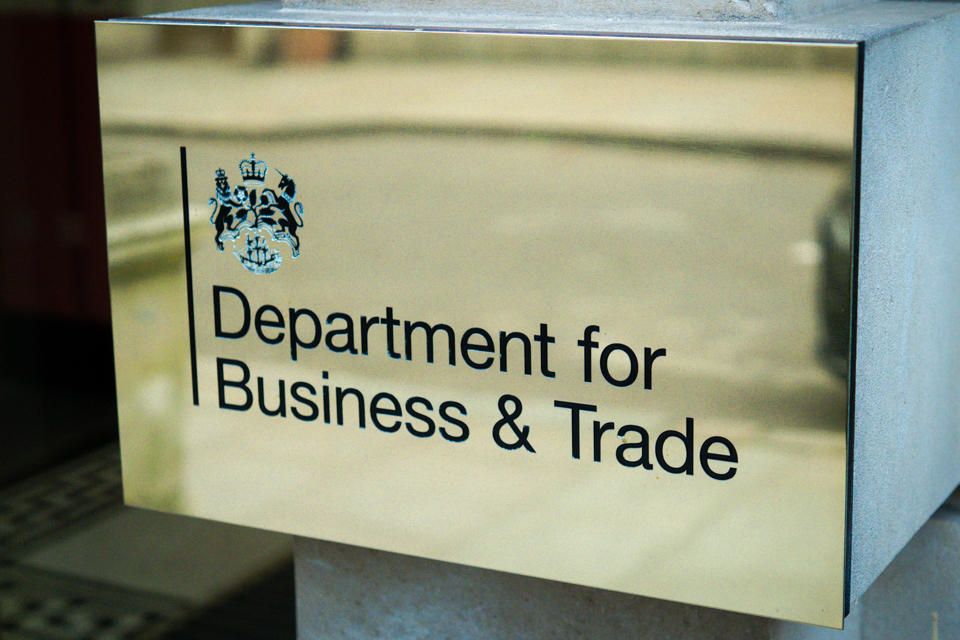A pick-up in UK wage growth has quashed hopes of a cut in interest rates this week from the Bank of England, which is facing a difficult combination of persistent price pressures and slowing economic activity.
Growth in average weekly earnings, excluding bonuses, rose to 5.2 per cent from 4.9 per cent in the three months to September, the Office for National Statistics said on Tuesday. Economists had expected a 5 per cent increase.
The acceleration was driven by a 5.4 per cent rise in private sector pay, well above the level the BoE believes is compatible with meeting its 2 per cent inflation target, as companies raise prices to cover wage bills.
Yael Selfin, chief economist at KPMG, said the figures would “close the door” on any chance that the BoE’s Monetary Policy Committee would lower borrowing costs from 4.75 per cent on Thursday.
Sterling strengthened against the euro following the data and traders cut their bets on a quarter-point reduction this week to less than 10 per cent, according to levels implied in swaps markets. They now expect two quarter-point rate cuts by the end of next year, with the small chance of a third, compared with the three they were pricing in last week.
The BoE is contending with persistent wage pressures even as the economy stagnates, with GDP shrinking 0.1 per cent in October. Meanwhile, businesses are warning they may have to cut jobs to cope with the tax increases and higher minimum wage announced by chancellor Rachel Reeves in her October Budget.
Andrew Wishart, economist at Berenberg, said “an unholy pairing of falling employment and strong pay growth” would be uncomfortable for the BoE, because it suggested the link between labour market slack and pay growth had weakened. “If so, the BoE would have to inflict more damage on the economy to get inflation down to 2 per cent on a lasting basis,” he said.
BoE policymakers have said the central bank will need time to assess how employers are responding to the Budget’s changes, as they could seek to offset higher costs by raising prices, squeezing wages or cutting staffing.
Tuesday’s employment data showed hiring slowed in the run-up to the Budget, with vacancies declining. The number of payrolled employees rose by 0.1 per cent between September and October, following small declines in previous months, taking annual growth in payrolls down to 0.5 per cent.
But Elizabeth Martins, economist at HSBC, said these figures predated the Budget. “Since then, with large tax rises on businesses and a fall in confidence, concerns about growth and the labour market have increased,” so that “the medium-term outlook may be considerably less rosy”.
Early data for November suggested employers cut staffing by 35,000, or 0.1 per cent, from the previous month, although the ONS noted that these figures would be subject to revision.
Some economists think pay growth is likely to slow sharply next year as companies contend with higher costs. James Cockett, senior economist at the CIPD organisation for HR professionals, warned that it would be “a precarious start to 2025 for many employers”.
Hannah Slaughter, senior economist at the Resolution Foundation think-tank, said there was no sign yet of employers making big lay-offs, but that the rate of hiring was now “not enough to keep up with a growing workforce” and pointed to a falling rate of employment.
The ONS said the unemployment rate was unchanged at 4.3 per cent in the three months to October, with employment steady at 74.9 per cent, but these measures have been unreliable over the past year because of problems with the survey underpinning them.
A separate quarterly survey of employers, published as part of Tuesday’s data release, showed that the number of employee jobs in the UK was 32.3mn in September 2024 — an increase of 0.1 per cent from June 2024.
Sterling was up slightly against the dollar to $1.269 by mid-morning trading. It moved up 0.3 per cent against the euro to €1.210, moving back towards its post-Brexit peak.
UK government bonds fell on the data, reflecting the change in interest rate expectations, pushing the yield on the 10-year benchmark gilt up 0.07 percentage points to 4.51 per cent.
MUFG’s senior currency analyst Lee Hardman said the data was “significantly stronger” than the market was expecting. “Higher yields for longer in the UK should continue to encourage a stronger pound,” he added.














